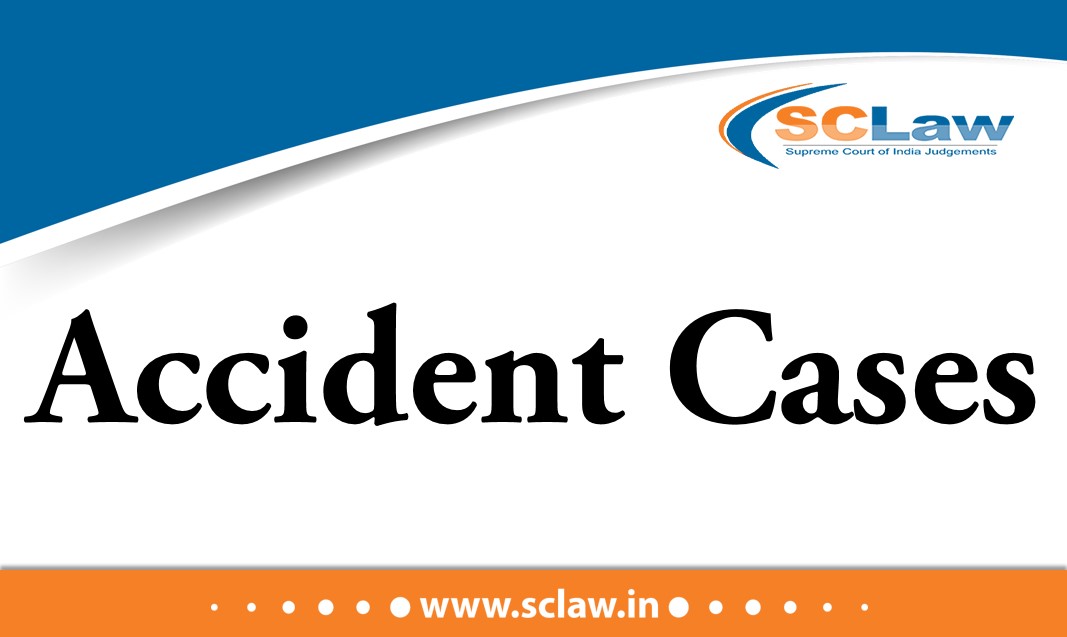Accident–No liability of insurance company to identify the owner of vehicle in respect of death of passengers travelling in goods carriage. Accident–Gratuitous Passenger–Travelling with the goods itself does not entitle anyone to protection under Section 147 of the Motor Vehicles Act.
2007(5) LH (SC) 3451 IN THE SUPREME COURT OF INDIA Before The Hon’ble Mr. Justice S.B. Sinha The Hon’ble Mr. Justice Harjit Singh Bedi Civil Appeal No. 4845-4847 of…
